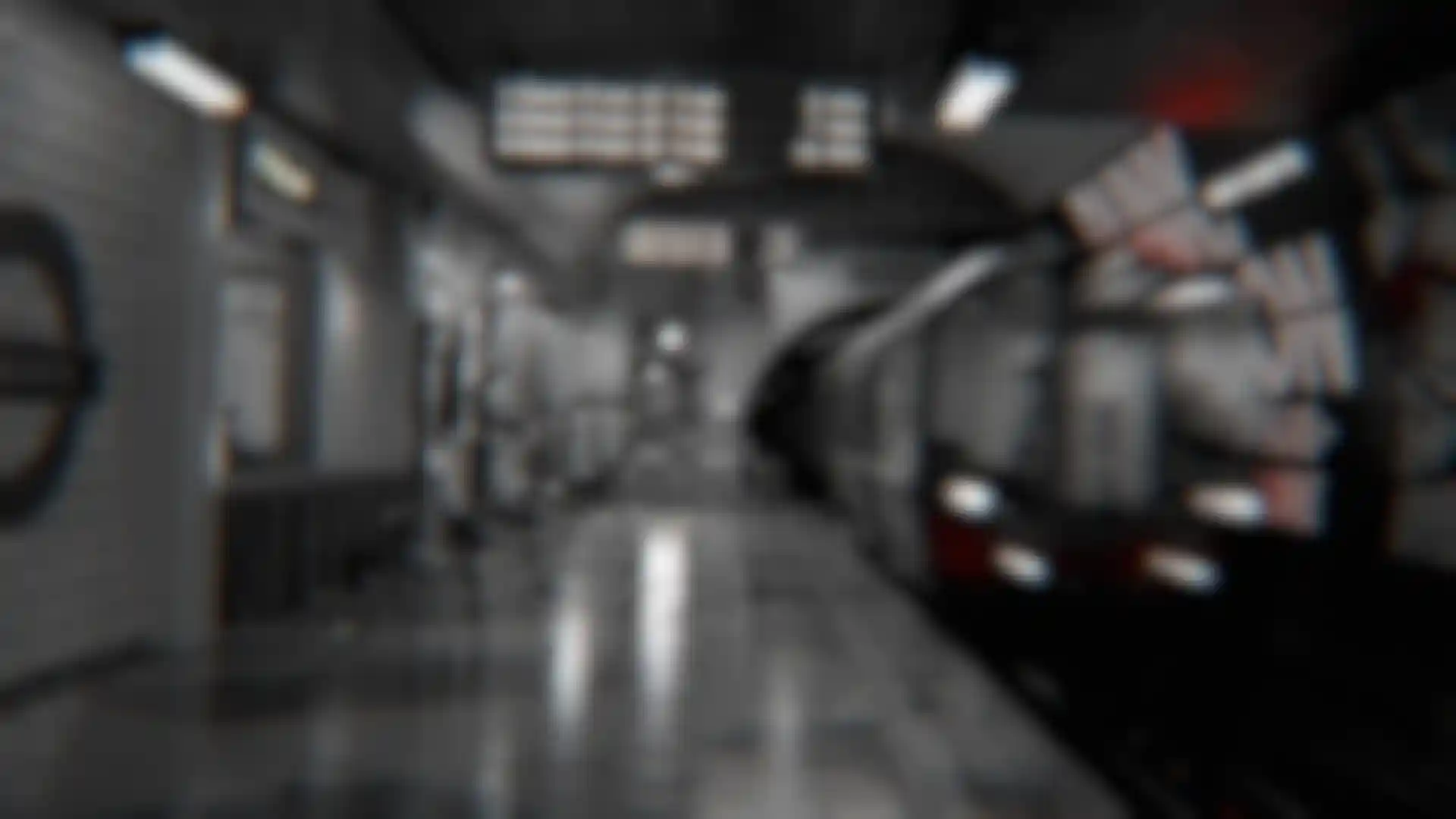
Crafting a Dystopian Future With Maxon One How Brian Williams brought his robot heist story, ‘Botching’ to life.
A new film by Brian Williams of SuperSixtyEight explores a future where robots perform everyday tasks. In “Botching,” we follow a hacked robot and delve into the world of rogue robots and those who police them. Along the way, we travel through a gritty, complex city and witness a gold heist using the London Underground to move the loot.
We spoke with Williams to learn how he brought his film to life by himself, completely animating it in Cinema 4D and using a variety of Red Giant tools.
How did you get into your current line of work?
Williams: I began as a graphic designer, creating album covers and working for U2 in Ireland. I transitioned into motion graphics somewhat by accident when someone assumed I was a motion graphics designer and offered me a project. I took the project, which eventually led to live action directing, and then 10 years of directing TV commercials.
I was expecting my first child just before the pandemic and wanted to avoid travel, so I decided to return to motion graphics. I saw it as an opportunity to retrain myself, and that's where it all began.


What was the inspiration for your film?
Williams: The idea was born from my fascination with the underground system. As a Londoner you take the transit system for granted, but I'm fascinated by it and thought it would be an amazing place to set a story. Around the same time, I read a Wired magazine article about hacking robots and noticed there was no street term for it. "Botching" emerged from this idea — if you are hacking a robot, you're on a “botch job.”
Interestingly, I discovered they moved money and gold on the underground during WWII. Being a fan of “Die Hard,” I thought a heist movie could be a fun way to explore this idea. It was a cool premise for a story.

Tell us about getting back into 3D in order to create the film.
Williams: I started the project to retrain myself in Cinema 4D because there had been a long gap since I last used it and a lot had changed with the software and animation processes in general. When I started the project, I was a complete amateur in 3D, having only done packaging and basic 3D setups, never anything serious like character animation. After about two years of working on the project by myself, I knew what I was doing and could animate a shot in a few days.
Can you describe your workflow and some of the tools used in the project?
Williams: I animated everything in Cinema 4D, creating preview renders of each scene in order to more quickly construct an edit. This was crucial because I knew rendering the final footage would be challenging. The preview renders allowed me to ensure clarity and efficiency before committing to the final render. Friends who saw the preview edit could understand the narrative, which indicated that the final render would work.

Once the edit was nearly done, I began refining the 3D scenes and robots, revising lighting, and updating various elements as needed. Pushing the edit further with a mix of Premiere and After Effects, I pretty much used the whole Red Giant suite, focusing mainly on Magic Bullet Looks for color grading and Colorista to manage colors and maintain a consistent look.
This was a stylistic choice to keep the focus on key elements and avoid judging the film as CG and encouraging viewers to watch it for what it was without focusing on the 3D aspects.
I used Real Lens Flares in many scenes, and Universe HUD Components for screen displays. I designed every billboard and poster, integrating them with various Red Giant plugins. Universe Camera Shake added a natural camera feel, and VFX Bang for gun effects was also used extensively. Each shot utilized different Red Giant tools for compositing.
The assembly stage was massive. Each scene was rendered either at home or on an affordable render farm as there was no external pressure, allowing me the luxury of time. I constantly adjusted the look, initially rendering it in full color but ultimately opting for a more black-and-white aesthetic. This choice reduced the CG appearance and resonated better with trusted friends.

Talk about creating the highly detailed city and street scenes.
Williams: I focused on telling the story but also did a lot of scene building and texturing. I'm proud that you can zoom into the street shots and discover intricate detail, there are even people walking around inside pubs and standing in phone booths. It is outrageously detailed, and was challenging to render, but Redshift handled it well.
However, when I decided to make it look dirty and gritty, many of those details were lost in the end. Likewise, I had shots where we traveled throughout the city, but they weren't moving the story along, so I decided to cut some scenes. It's just like a real shoot where people work hard to create all the detail in a scene, and you come in and shoot with a shallow focus, so the detail is lost, and the poor set decorator is devastated. In this case, I was the set decorator and was devastated, but it was the right thing to do.

Will we get to revisit this world in the future?
Williams: Yes, that would be great. I'd love to tell this story from the perspective of an underfunded part of the police department that must respond to something like a mass hack. There's great potential for where this could go in that world. It's a fun concept.
Lewis McGregor is a filmmaking and content writer from Wales.